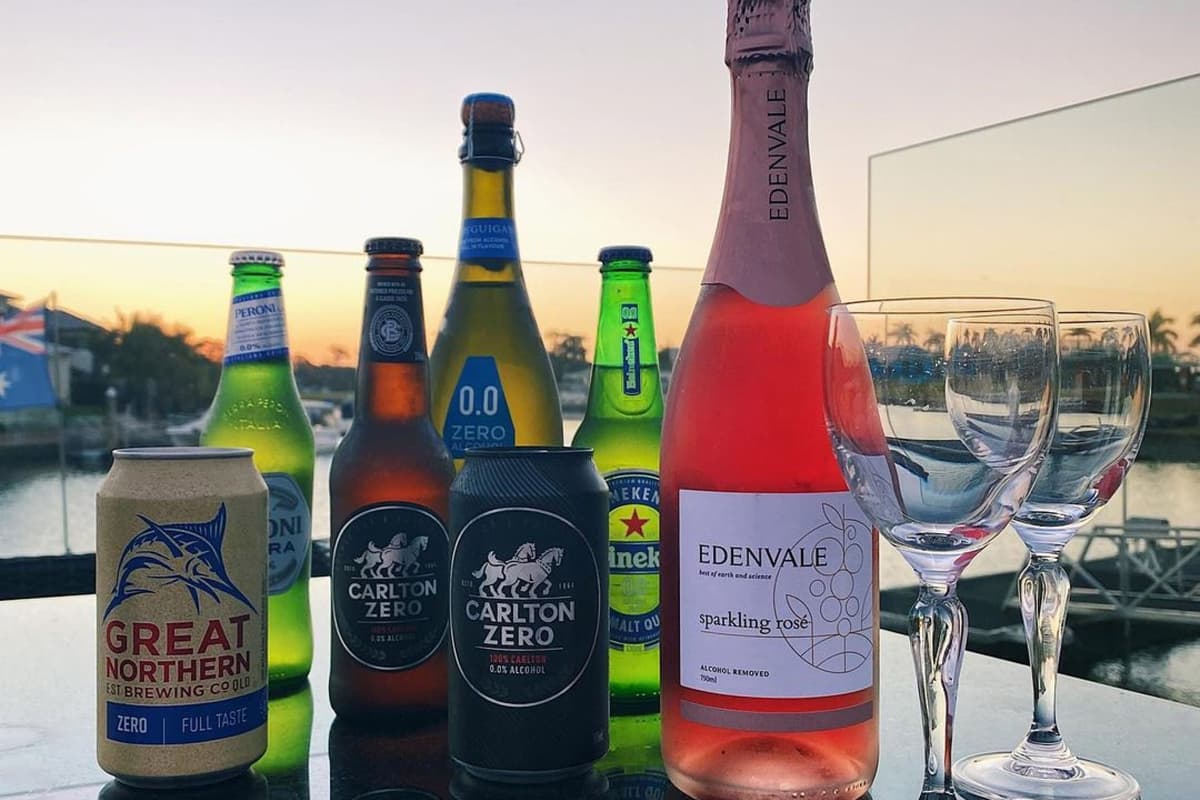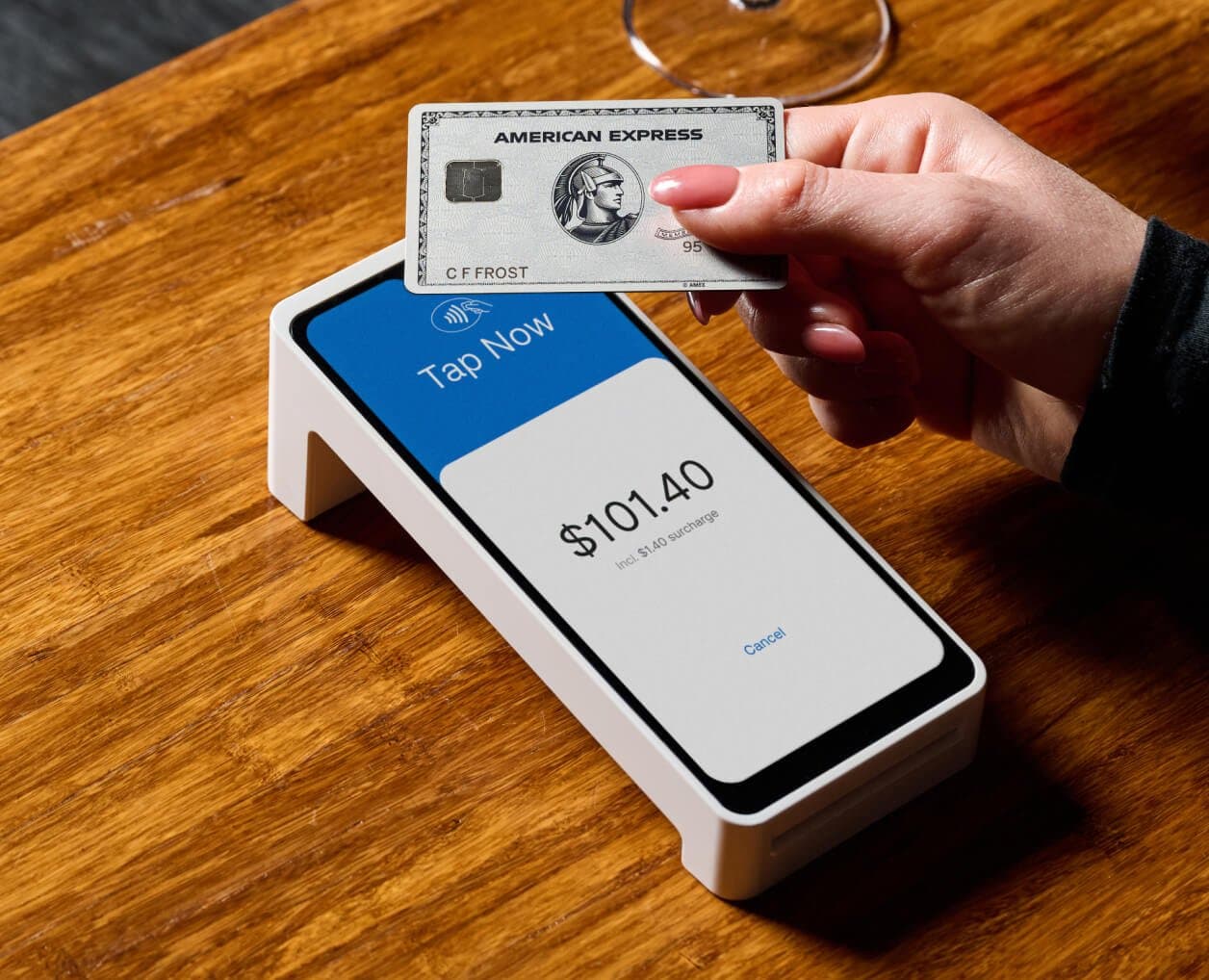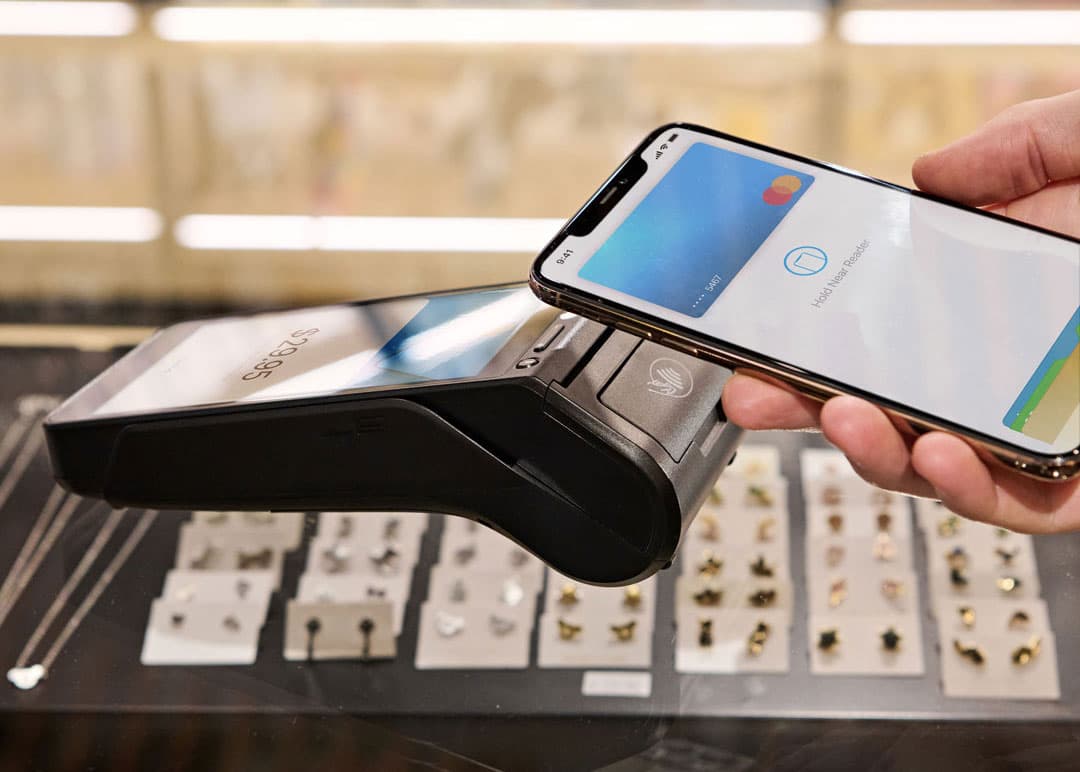
- Case Studies
Zero%: How Going Cold Turkey Sparked a Business Idea
Meet the family diving head first into the booze-free beverage industry.
Australians love a pint. Alcohol has been inextricably linked to sport, celebration and everyday life for generations. Yet with health increasingly in the spotlight, many are now seeking out booze-free alternatives that cut back on both calories and headaches.
Although hundreds of thousands of drinkers commit to the annual Dry July fundraiser, the alcohol-free movement is gaining momentum year-round. It’s a trend that has grown steadily over time, and the market for non-alcoholic beverage options has grown alongside it. The Rae family, from Queensland’s Gold Coast, spotted the potential for growth and quickly came up with a business plan.
Zero% is a retail store that stocks a wide variety of alcohol-free beers, wines, spirits and other delights. For now, the Raes operate as both family and colleagues — each juggling business ownership with full-time work elsewhere.
We sat down with head of the family Malcolm to discover more about Australians’ thirst for alcohol-free beverages, working with family, and learning the skill of salesmanship.
Where did it all begin for Zero%?
I’ve been a mechanic most of my life, but in the last couple of years I’ve been looking at another avenue to make life a bit easier. I wouldn’t say we’re a big drinking family, but we do enjoy drinking and socialising. During the pandemic, I figured it would be nice to give it up for a while.
I thought, I could get into a business like that — it would be interesting, getting people to live a healthy life instead of drinking all the time. I mentioned it to my wife and sons, they all thought it was a great idea too.
We bought some non-alcoholic drinks, did a bit of taste testing as a family, came up with the name, and decided to each put some money into it. Things snowballed from there. We’ve been up and running for about a year now.



Why do you think the industry has taken off?
A lot of people that are drinking non-alcoholic drinks still miss the feeling, but they tell us they get past that and enjoy the benefit of feeling healthy. You can go out and socialise and still feel part of the crowd. I think the culture’s changed a lot, for health and social reasons.
People are looking for a healthier lifestyle now.
Customers come up to us at the markets and basically say to us how amazing these drinks taste. Years ago, there was one alcoholic drink you could get called Claytons. Now, there’s a huge range of spirits, wines, beers and cocktails.
How do you select stock?
I do a lot of exploring on the internet. I’m trying to find the homemade drinks — people just starting off with their own distillery, making non-alcoholic gins, whiskies and other spirits. We listen to what our customers want so we can offer a bigger variety. But only the good ones — the ones that taste like wine, not like grape juice.
We do get the makers coming directly to us as well, because they’ve noticed Zero% on Instagram. It works both ways.
What’s your experience with merchant services been like?
We tried a small card reader from a different provider at first, and we had so many dramas trying to set that up. It was taking forever.
My wife said, flick it and we’ll try Zeller. Zeller is perfect - we’ve had no dramas at all. It works like a dream and makes the markets easy.
I’ve recommended it to three or four people already.
What’s it like working with family?
It’s a breeze working together. We all get on. My eldest boy, Bradley, is good at the social media and digital side of things. My middle boy, Daniel, he’s really good at interacting with the customers at the markets. He’s quite a good salesman.
For me, the biggest learning curve has been interacting with the customers best I can — that’s the secret. Being honest, and trying to be outgoing. Trying to sell something instead of fixing something is quite different for me, but I’m starting to be more confident in selling. I’m really enjoying the markets.
Do you have any big plans for the future?
We want to boost our online sales to the point where we can open a mini bar-cum-bottle-shop, where people can visit, taste the drinks, and be able to buy some to take away with them. That’s our dream, we would love to do that.



